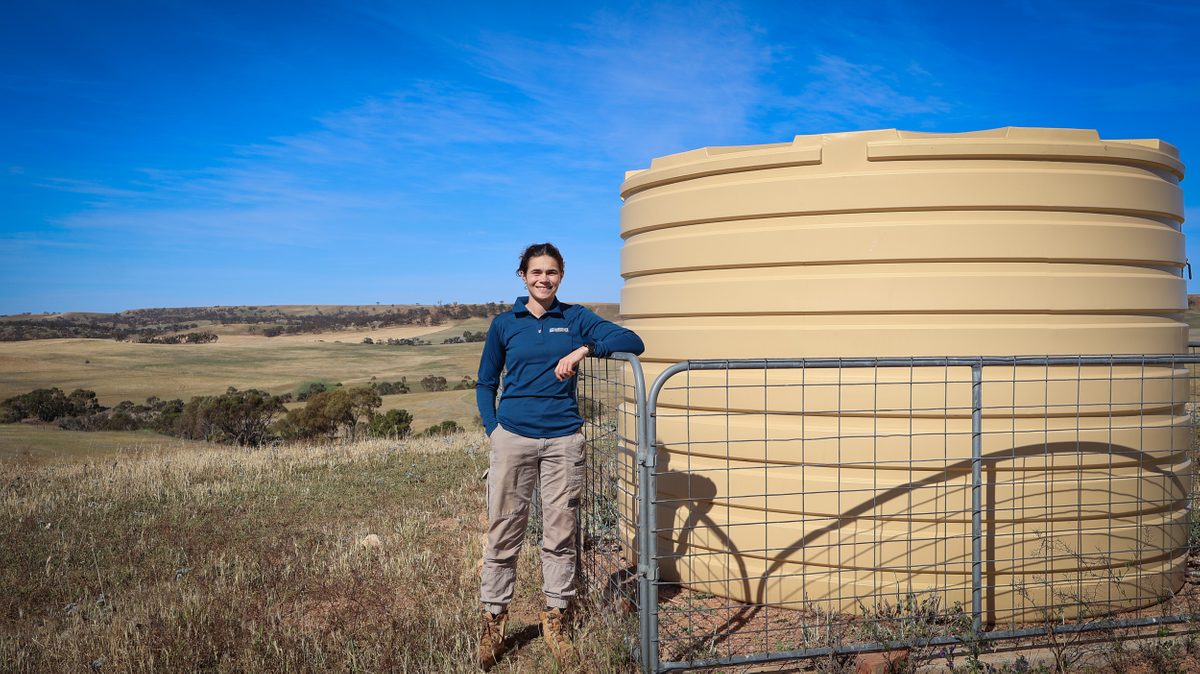Now's the time to get on top of silverleaf nightshade
Landholders in the Northern and Yorke region have been urged to take steps to look for and control the pest plant silverleaf nightshade before deep roots form.
Natural Resources Northern and Yorke Landscape Ranger Cameron Watson said now was the time to control the weed to help reduce its impact on local agricultural productivity.
“Silverleaf nightshade can have severe impacts across a broad range of land uses. The transmission from one property to another occurs mainly through seed movement by stock, soil and fodder; while within a property, cultivation of root fragments and their subsequent growth is the main method of spread,” Mr Watson said.
Silverleaf nightshade is a summer-growing, deep-rooted perennial plant that reproduces from seeds and tubers which emerge, germinate and rapidly grow after late spring and summer rains. Once established, the plant is very hard to remove.
Mr Watson said it was important to keep silverleaf nightshade off clean properties and to recognise and destroy all plants before they become established.
“Once it becomes established, a land manager’s control strategy may quickly move from an effort of eradication to the less effective approach of managing established plants and trying to minimise their impact,” Mr Watson said.
He said landholders should consider the movement of sheep across their properties when controlling the spread of silverleaf nightshade, as some seed viability is retained following animal digestion.
“Managing grazing stock to prevent their access to plants that may potentially have seeds present is an important management tool in reducing the spread of seed,” he said.
''If moving sheep around or bringing new sheep onto the property, it is important for landholders to consider quarantining stock for at least 14 days and up to 31 days to allow seed to pass through the digestive tract.
“Keeping machinery clean is also important, especially when moving from infested to clean areas. Always clean machinery in the same spot and inspect regularly for any subsequent germination.”
Silverleaf nightshade control is most effective when:
- active control programs are done according to seasonal conditions
- stock and produce in infested paddocks are cleaned out or shorn prior to transport/sale
- farm hygiene practices are followed to minimise spread of the plant
Inspections should be conducted in mid-summer when plants are flowering and most conspicuous. If new plants are found, it is important to start control in the first season before the tap root has a chance to establish.
Under the Natural Resources Management Act 2004, it is an offence to transport the plant or anything that contains plant parts or seed, sell the plant or sell any produce or goods carrying the plant. The Act requires landowners to control the plant on their land and take prescribed measures for that control.
Other weeds to control now before burrs and seeds form include caltrop, innocent weed, Bathurst burr and khaki weed.
To help manage the weed, a new publication, Silverleaf Nightshade Australian Best Practice Management Manual, has been produced by the Department of Primary Industries and Regions, South Australia (PIRSA) in collaboration with NSW Department of Primary Industries. The new manual combines and updates all current information and is available on the PIRSA website. For further information and advice, please contact the Natural Resources Centre in Clare on 8841 3444.


